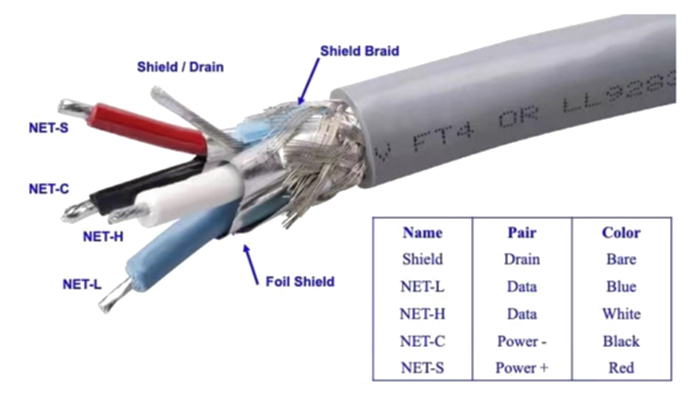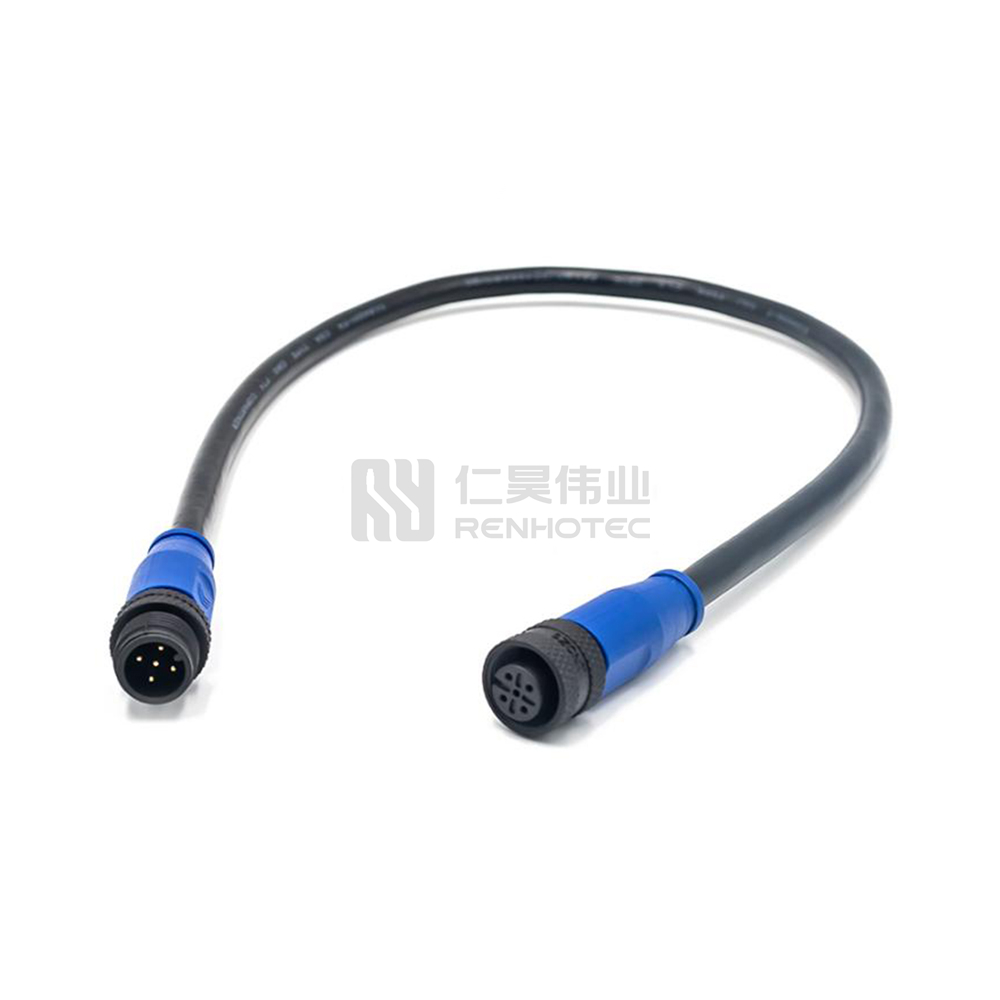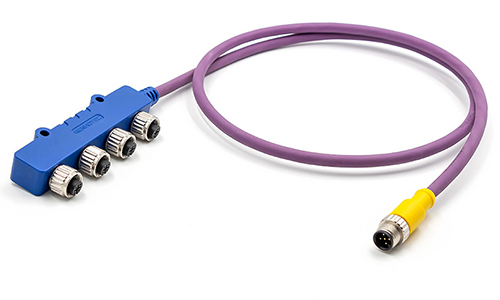NMEA 2000 is the standard protocol for communication between marine electronic devices, widely used in navigation, monitoring, and control systems. To understand how to set up and maintain an NMEA 2000 network, it is crucial to know the differences between backbone cables and drop cables. The main differences between NMEA 2000 backbone cables and drop cables lie in their functions, lengths, and roles in the network structure. Below is a detailed comparison:
Cable Structure Overview
Both NMEA 2000 backbone cables and drop cables are constructed with the following components:

NMEA 2000 Cable Specifications
Power and Ground Wires (typically 22 AWG or 18 AWG)
Red Wire (V+): Supplies positive voltage (12V or 24V DC) to the network, powering all connected devices.
Black Wire (V- or GND): Serves as the ground connection for the network, ensuring electrical safety and stability.
Data Wires (typically 22 AWG or 16 AWG)
Blue Wire (CAN_H): Carries the high side of the CAN (Controller Area Network) data signal, enabling the transmission of data between devices.
White Wire (CAN_L): Carries the low side of the CAN data signal, completing the differential signaling necessary for reliable communication.
Shield
Shield/Braid: Provides protection against electromagnetic interference (EMI), ensuring data integrity and preventing signal degradation in the harsh marine environment.
Jacket
Marine-grade PVC or TPU: Ensures durability and environmental resistance, protecting the internal wires from physical damage, moisture, and UV exposure.
NMEA 2000 Backbone Cables
Trunk cables are the main communication paths that form the NMEA 2000 network, acting as the central line for all equipment and power connections. They can be much longer than branch cables, with a total allowable length of up to 200 metres (656 ft), which allows coverage of extensive networks on large vessels. Trunk cables connect T-connectors, which are used to connect equipment to the network, and run along the length of the vessel, forming the main structure and ensuring network coherence. The backbone cable extends the main line of the network, interconnecting all equipment and segments to maintain a coherent and reliable network.
NMEA 2000 Drop Cables
Branch cables connect individual devices (such as sensors, displays, and other electronic devices) to the trunk cable. They extend from the T-connectors on the backbone to each device, providing access to data and power. These cables are shorter than the trunk cables, with a maximum allowable length of 6 metres (20 feet), to ensure signal integrity and reduce the risk of data loss. Branch cables connect devices to the backbone, allowing them to communicate with the rest of the network. Each device requires a branch cable that connects to the backbone via T-connectors, enabling integrated operation of all connected devices.
Summary of Differences
| Aspect | Backbone Cables | Drop Cables |
| Function | Main communication pathway of the network | Connect individual devices to the backbone |
| Maximum Length | 200 meters (656 feet) | 6 meters (20 feet) |
| Usage | Connects T-connectors along the boat, forming the network structure | Runs from T-connectors to individual devices |
| Network Structure | Backbone cables act as the central spine of the network, running along the boat and connecting various segments and T-connectors | Drop cables branch off from the backbone, connecting each device to the network, ensuring each device can communicate with others via the backbone |
Network Structure
- Backbone Cables: Imagine the backbone cables as the central spine of the network, running along the length of the boat and connecting various segments and T-connectors. This spine forms the foundation of the network, supporting all communication and power distribution.
- Drop Cables: Drop cables branch off from the backbone, connecting each individual device to the network. These cables ensure that every device can communicate with others via the backbone, maintaining the integrity and functionality of the network.
In conclusion, understanding the distinct roles and characteristics of NMEA 2000 backbone cables and drop cables is essential for the effective design and maintenance of a marine electronic network. Proper selection and installation of these cables ensure reliable communication and power distribution across all connected devices, enhancing the overall performance and safety of marine operations.



